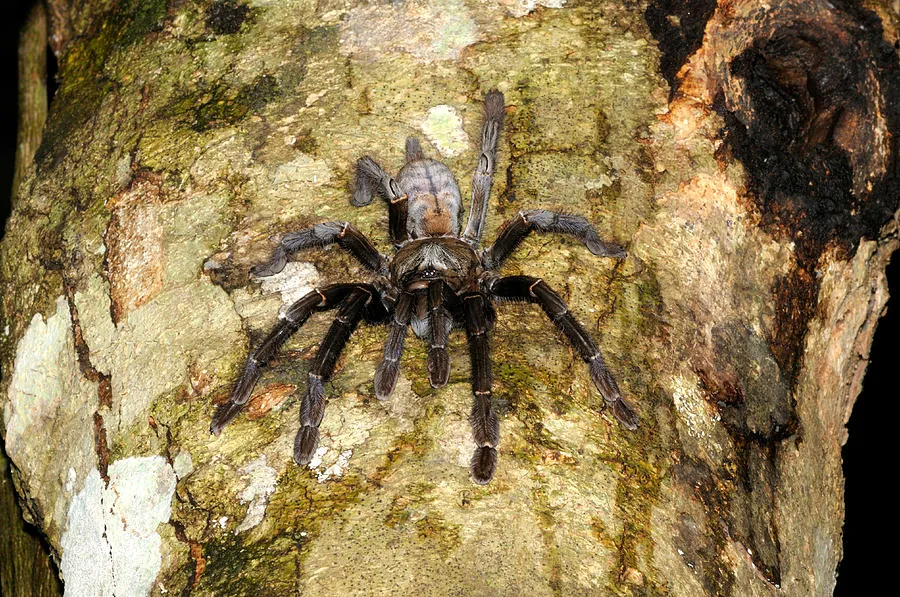Top 5 Stunning Tarantula Species in Malaysia
Malaysia, a land of vibrant biodiversity, is home to some of the most fascinating tarantula species on Earth. These eight-legged wonders captivate enthusiasts with their striking colors, unique behaviors, and intricate habitats. Whether you’re a seasoned arachnid aficionado or a curious newcomer, the tarantulas of Malaysia offer a glimpse into a world of natural marvels. This guide explores five of the most stunning tarantula species found in Malaysia, providing insights into their habitats, care, and the wonders they bring to the realm of exotic pets. Get ready to discover the beauty and intrigue of Malaysian tarantulas.
Malaysian Tarantula Habitats
Understanding the natural habitats of Malaysian tarantulas is crucial to appreciate their beauty and ensure their well-being. These arachnids have adapted to diverse environments, each influencing their appearance and behavior. From the humid rainforests to the more temperate woodlands, and even the coastal regions, the habitats of Malaysian tarantulas are as varied as the species themselves. Each environment provides unique challenges and opportunities, shaping the life cycle of these remarkable creatures.
The Rainforests
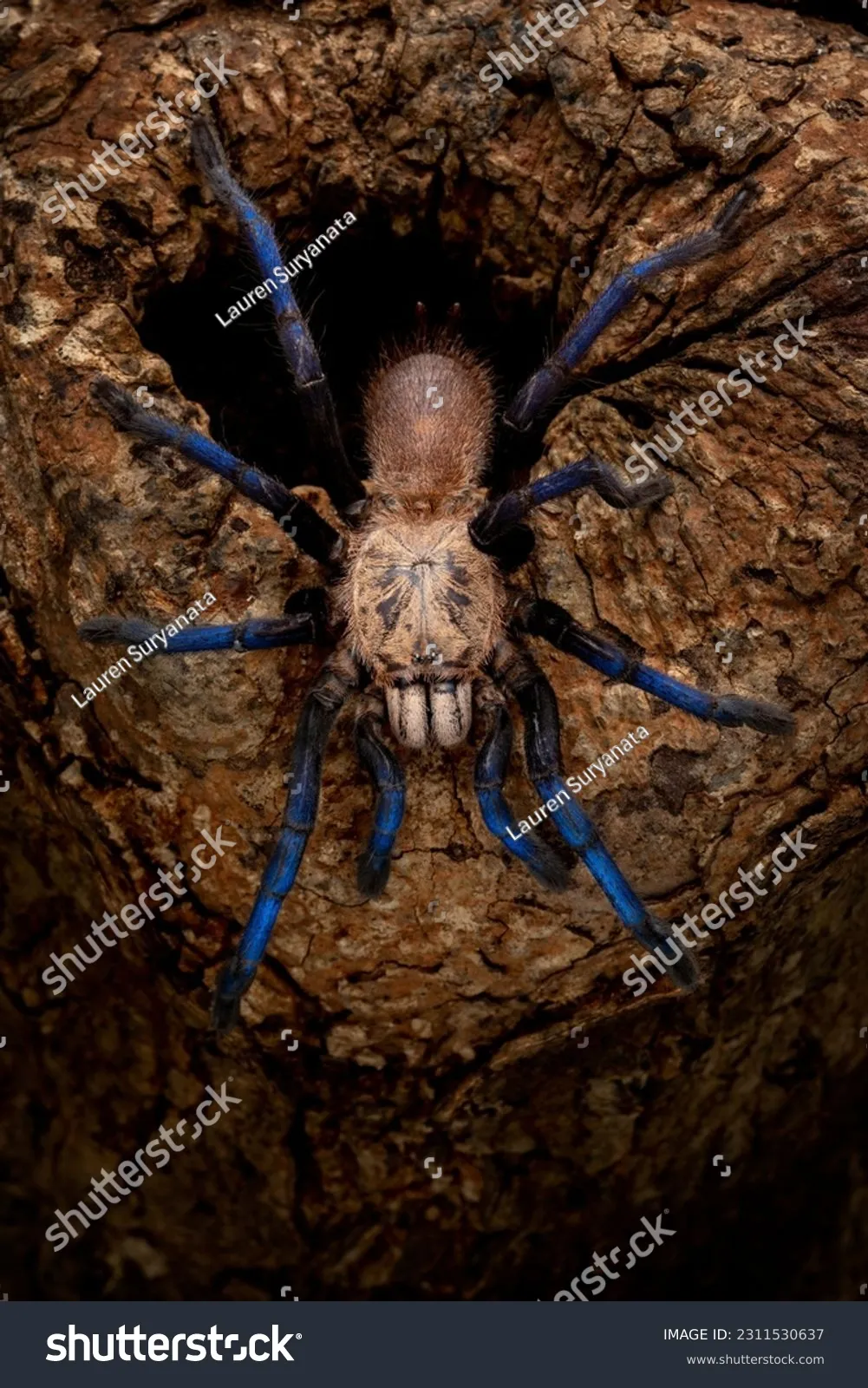
The rainforests of Malaysia, with their dense foliage and high humidity, are a haven for numerous tarantula species. These environments offer ideal conditions for tarantulas to thrive, providing ample food sources and protection from predators. The humid climate is essential for maintaining the spiders’ hydration and facilitating successful molting. Tarantulas in these habitats often exhibit vibrant colors and patterns, blending seamlessly with their lush surroundings. The rainforests are a cornerstone of Malaysian tarantula biodiversity.
The Woodlands
Woodland areas provide a different set of ecological conditions for Malaysian tarantulas. These habitats typically have lower humidity levels than rainforests and may experience more significant temperature fluctuations. Tarantulas in woodlands have adapted to these conditions, often exhibiting different behaviors and appearances compared to their rainforest counterparts. These spiders often create burrows or utilize natural shelters, such as fallen logs or rock crevices, to protect themselves from the elements and predators. The woodlands are a crucial part of the tarantula’s ecosystem.
The Coastal Regions
Coastal regions provide a unique habitat for some Malaysian tarantula species, characterized by sandy soils, occasional flooding, and proximity to marine environments. These areas pose unique challenges, including higher salt content in the soil and exposure to different predators. Tarantulas that inhabit these regions have adapted to these challenges, often developing specialized behaviors and physical characteristics. They might construct burrows that are more resistant to flooding or exhibit camouflage patterns that blend in with the coastal terrain. The coastal regions display the adaptability of Malaysian tarantulas.
Species Spotlight
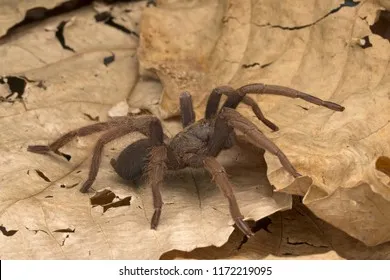
Now, let’s delve into some of the most captivating tarantula species found in Malaysia. Each species has its unique characteristics, making them a popular choice for hobbyists and a marvel in the wild. From their stunning appearance to their distinctive behaviors, these tarantulas offer a glimpse into the diverse world of Malaysian arachnids. These are just a few examples of the many stunning species found in Malaysia.
Heteroscodra maculata (Togo Starburst Tarantula)
Although not native to Malaysia, the Togo Starburst tarantula is a common sight in Malaysian collections. This species is admired for its striking appearance, with a vibrant starburst pattern on its carapace. Its high activity level makes it an interesting specimen for observation. It’s a beautiful species, popular among tarantula enthusiasts.
Psalmopoeus irminia (Venezuelan Sun Tiger)
The Venezuelan Sun Tiger, known for its bright coloration and arboreal lifestyle, has also captured the interest of Malaysian tarantula keepers. This species prefers to live in trees and exhibits vibrant orange and black patterns. Its striking colors and active nature make it a captivating addition to any collection. This species is quite a joy to watch.
Cyriopagopus minax (Iridescent Earth Tiger)
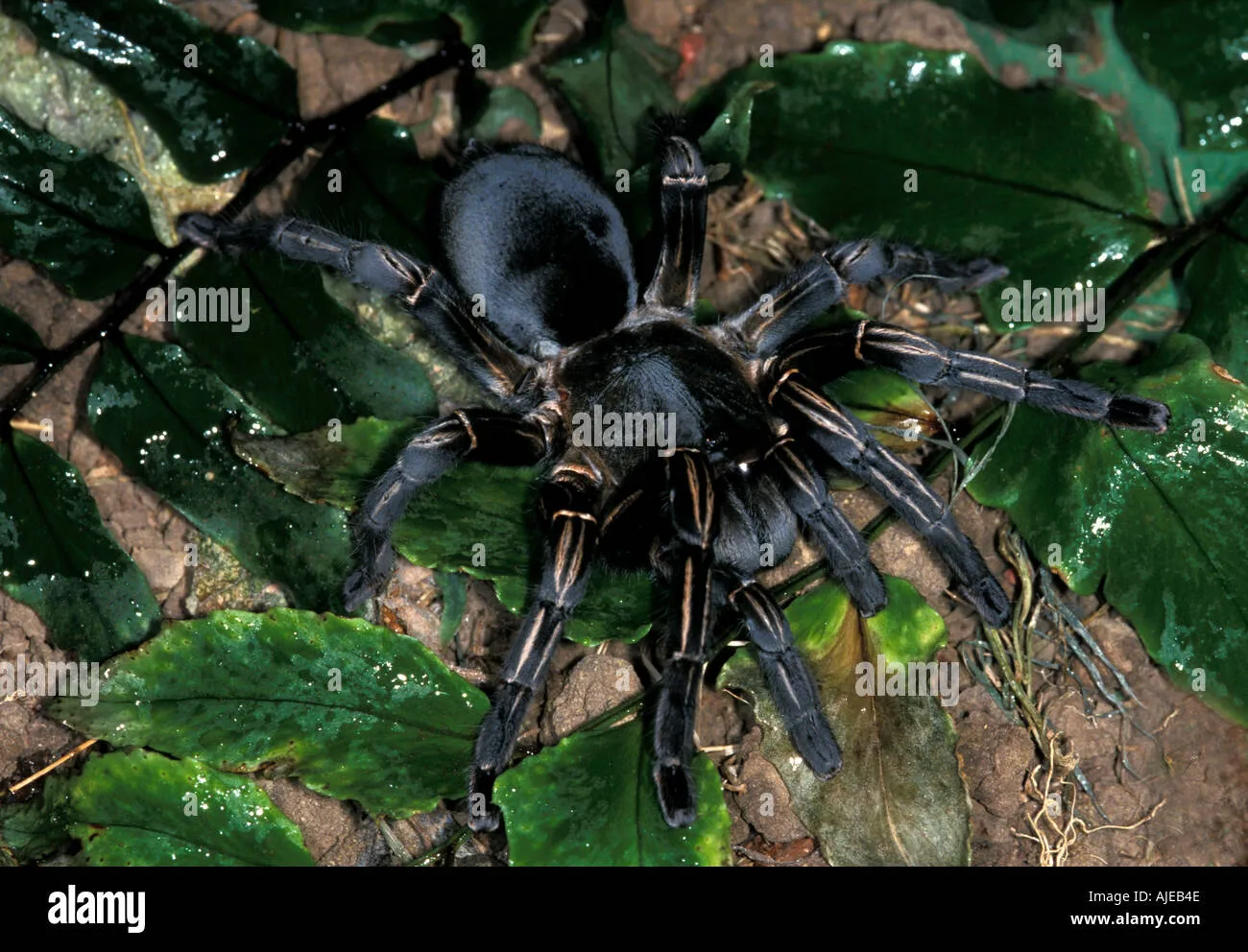
This terrestrial species is known for its impressive size and defensive nature. It’s a popular choice for experienced keepers, as it can be quite fast and skittish. The Iridescent Earth Tiger exhibits vibrant colors and requires a secure enclosure due to its large size and powerful fangs. It has been found in several localities across Malaysia.
Chilobrachys dyscolus (Vietnamese Blue Tarantula)
The Vietnamese Blue tarantula is a sight to behold. Its stunning blue coloration, particularly prominent in males, is a major draw for hobbyists. This species is typically terrestrial and requires a slightly humid environment. Its beauty and unique coloration make it a favorite among tarantula enthusiasts. The blue coloration can be amazing to behold.
Haplopelma hainanum (Chinese Bird Spider)
While technically not a Malaysian native, the Chinese Bird Spider is sometimes found in collections. This species is known for its large size and defensive behavior, making it more suitable for experienced keepers. Its overall appearance and size are impressive. This spider is a true wonder.
Caring for Your Malaysian Tarantula
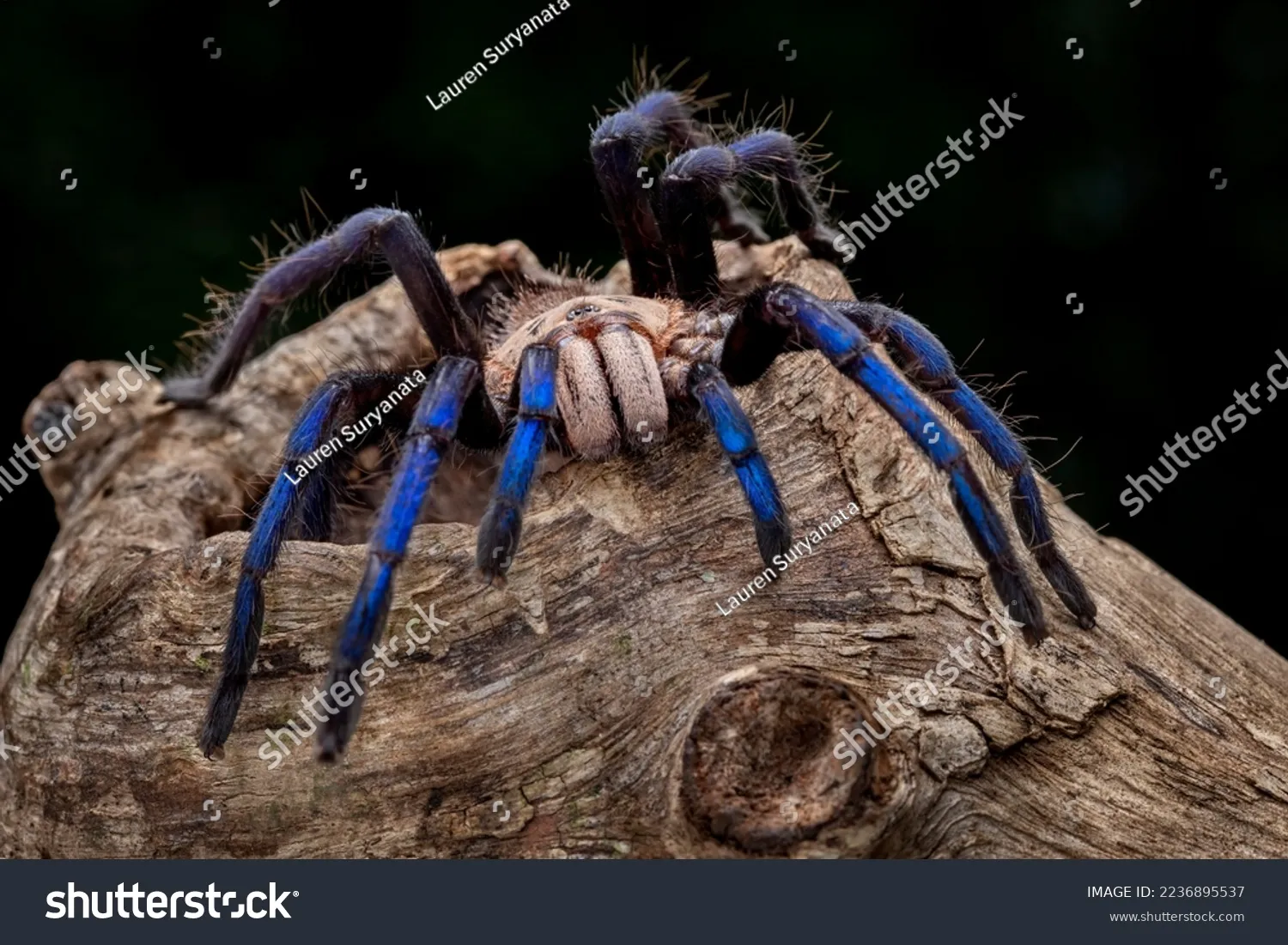
Caring for Malaysian tarantulas is both a rewarding and responsible endeavor. Providing the right environment and understanding their specific needs is crucial for their well-being. From creating an ideal enclosure to providing proper nutrition, several factors contribute to the health and longevity of these fascinating creatures. Proper care ensures that they thrive in captivity.
Creating the Ideal Enclosure
The enclosure is the tarantula’s home, so setting it up correctly is a top priority. The size of the enclosure should be proportional to the size of the tarantula. A larger enclosure allows for more space and better temperature and humidity regulation, but not too large, as the tarantula can be hard to find. Ventilation is also key, as proper airflow prevents mold and maintains air quality. The enclosure should provide a safe and secure environment, with appropriate substrate and decorations.
Substrate and Decor
The substrate, or bedding, should provide a comfortable and functional environment for the tarantula. The ideal substrate should retain moisture, allow for burrowing (for terrestrial species), and be free from harmful chemicals. Popular choices include coconut fiber, peat moss, and a mix of soil and sand. Decorations like cork bark, artificial plants, and hides provide enrichment and a sense of security. The decor should mimic the tarantula’s natural habitat as closely as possible.
Temperature and Humidity Control
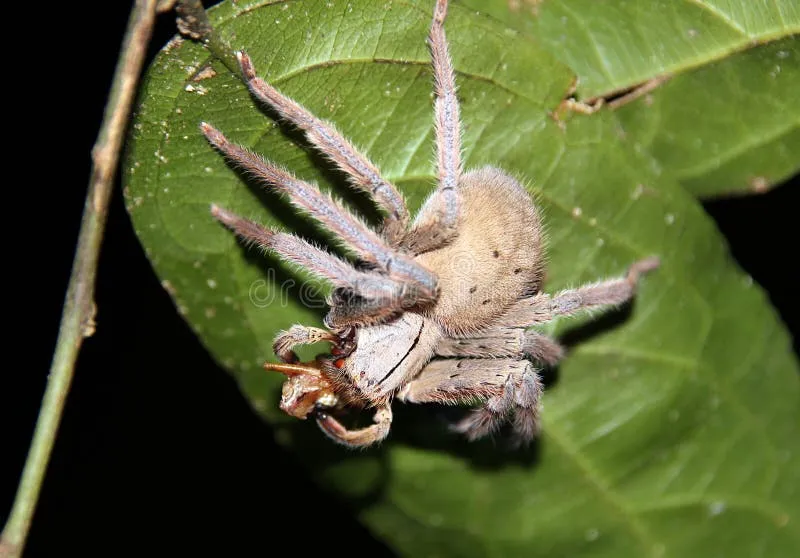
Maintaining the correct temperature and humidity is crucial for a tarantula’s health and well-being. The temperature should be appropriate for the species, typically between 75-85°F (24-29°C). Humidity levels vary depending on the species, so research the specific needs of your tarantula. Use a thermometer and hygrometer to monitor these parameters, and adjust the environment as needed. Proper temperature and humidity control are essential for successful molting and overall health.
Feeding Your Tarantula
Feeding your tarantula is one of the most critical aspects of their care. Understanding the right food sources, feeding frequency, and hydration needs is key to their overall health and growth. A well-fed tarantula is a healthy tarantula. The goal is to provide a balanced diet that supports their growth and development.
Food Sources and Feeding Frequency
Tarantulas are primarily insectivores, and their diet should consist of a variety of insects. Crickets, mealworms, roaches, and other insects are suitable food sources. The feeding frequency depends on the tarantula’s age and size, but generally, juveniles should be fed more often than adults. Remove any uneaten food within 24 hours to prevent mold and maintain a clean enclosure. A balanced diet will keep the tarantula healthy.
Water and Hydration
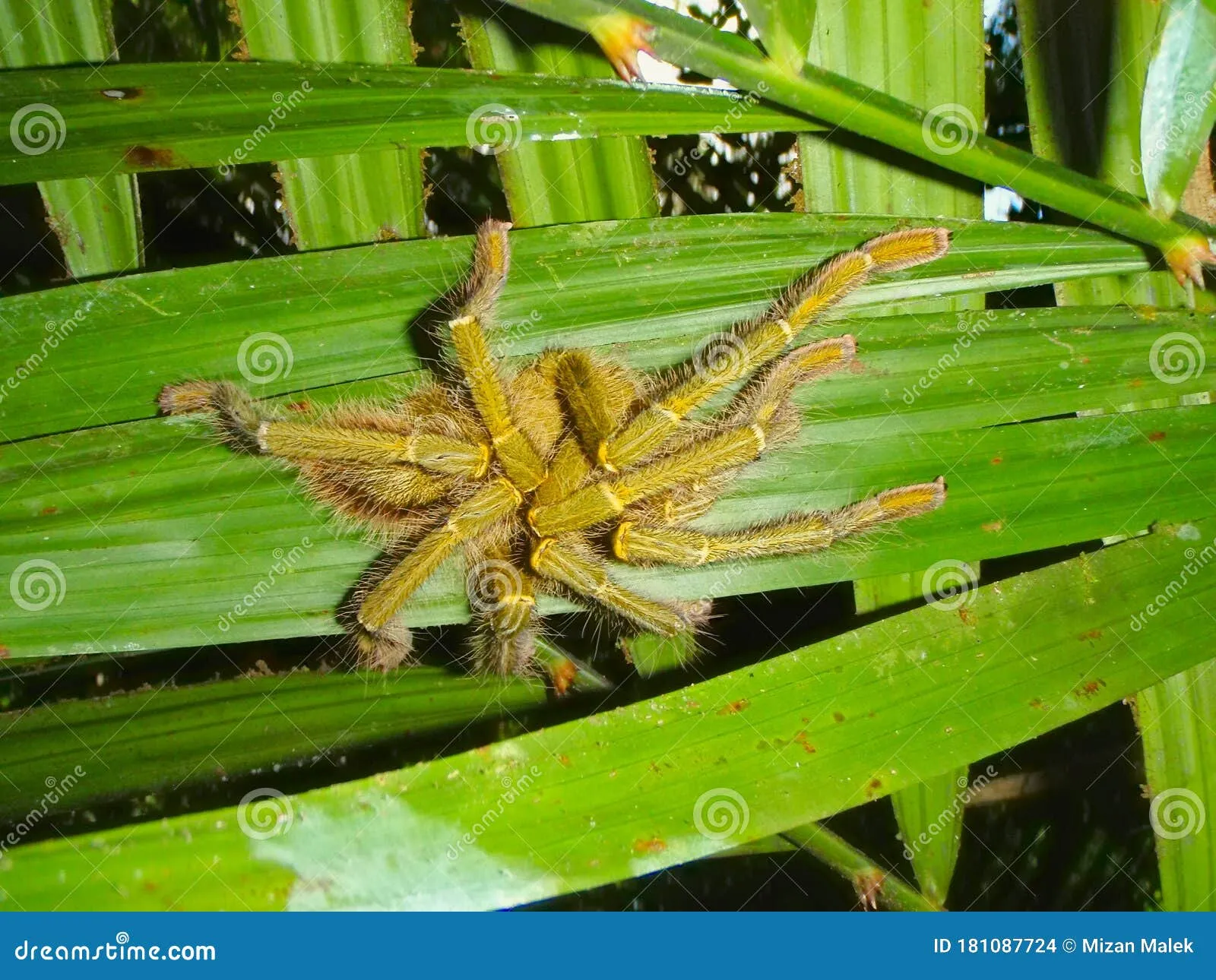
Fresh water is essential for tarantulas, especially in captivity. Provide a shallow water dish with clean water at all times. The water should be readily accessible. Regularly replace the water to prevent contamination. In addition to drinking water, some species benefit from a lightly misted enclosure to maintain humidity. Proper hydration is vital to a tarantula’s overall health.
Handling and Safety Precautions
Handling tarantulas should be approached with caution and respect. While most tarantulas are not aggressive, they can bite if they feel threatened. Understanding their behavior and taking appropriate safety precautions is essential for both the tarantula’s and the handler’s well-being. Safe handling is a critical component of responsible tarantula ownership.
Understanding Tarantula Behavior
Tarantulas can display various behaviors, and understanding these behaviors is essential for safe handling. Signs of stress or aggression include raising their front legs, flicking hairs, or striking a defensive posture. Before handling a tarantula, observe its behavior and assess its mood. If the tarantula appears agitated, it’s best to avoid handling it. Never provoke a tarantula; handle it gently, with slow movements.
Avoiding Bites and Drops
Bites are rare but can occur if a tarantula feels threatened. Tarantula bites are typically not medically dangerous, but they can be painful. Avoid handling tarantulas if possible, and when you do, handle them over a soft surface in case of a fall. Never squeeze the tarantula, as this could injure it. Always wash your hands thoroughly after handling a tarantula, even if you haven’t been bitten. Be mindful of the spider’s potential reactions.
Conclusion
Malaysian tarantulas offer a unique window into the wonders of the natural world. Their beauty, coupled with their diverse habitats and intriguing behaviors, makes them a fascinating subject of study and a rewarding pet for responsible keepers. By understanding their needs, respecting their space, and practicing safe handling, enthusiasts can enjoy the beauty and wonder of these incredible creatures. Responsible tarantula ownership helps protect these amazing animals for future generations.
